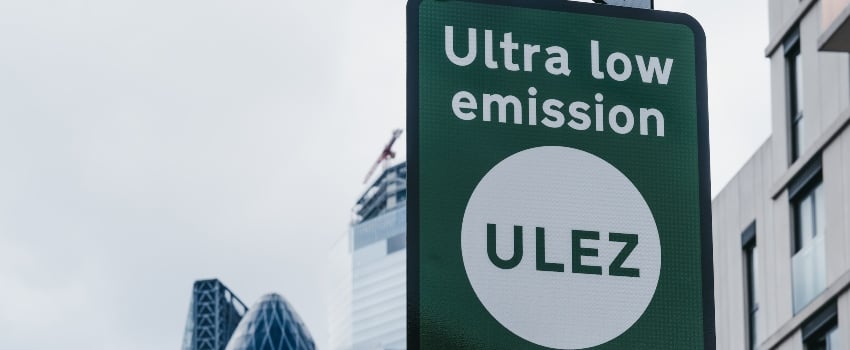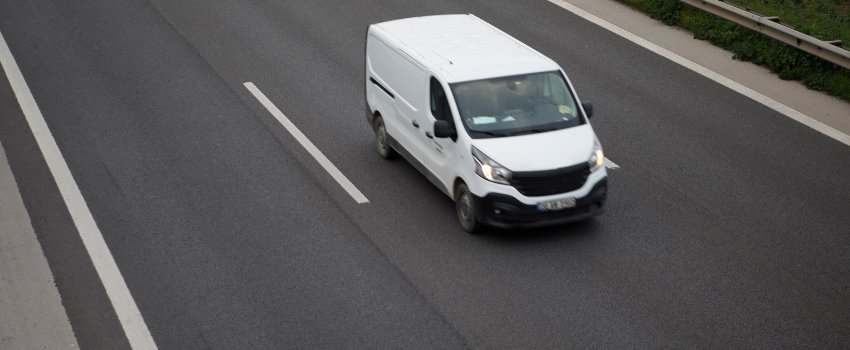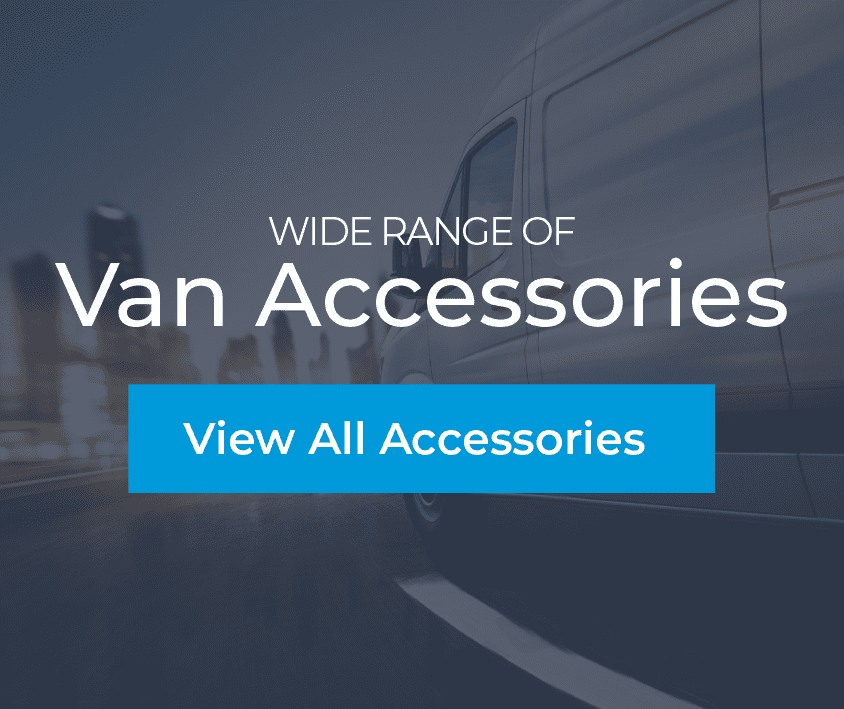London’s Ultra Low Emissions Zone set to begin on April 8th, 2019
There are big changes on the horizon for van drivers and other motorists in 2019. As well as the potential impact of Brexit, one of the other most significant initiatives is the Ultra Low Emissions Zone, due to come into effect in April. Air pollution is increasingly becoming a concern in major UK cities like London, Birmingham, Bristol and Manchester, so if the London ULEZ is a success (and there’s every sign that it will be), there’s a chance that other cities might start to follow suit. If you’ve still got questions as to what the Ultra Low Emissions Zone will involve for both the capital itself and British drivers at large, we’ve answered some of your key questions below!
What is the Ultra Low Emission Zone?
In short, it’s a scheme designed to reduce harmful pollution in London by applying a daily charge to anyone driving a vehicle which doesn’t meet the Euro 6 emission standards. Initially, this charge will only apply to polluting vehicles within the very centre of London, but there are plans to greatly expand the Ultra Low Emission Zone within the next two years.
Pollution is linked to thousands of deaths each year within the capital, and can worsen breathing conditions like asthma. A lot of this is down to levels of nitrous oxide and particulates in the air, which is what London’s leadership hopes to tackle with the ULEZ. There’s already some evidence of its success; it was initially slated to be introduced in 2020, but after the initial stages went so smoothly, its start date was moved forward to April 8th, 2019. That’s in just a few months’ time!
Is it the same as the Low Emissions Zone?
The ULEZ and LEZ are closely related schemes, and they’re set to eventually merge in 2021. Currently though, they’re separate initiatives. While the ULEZ is set to be introduced later this year, the LEZ has been in operation since 2008. It differs from other area-specific schemes such as the London Congestion Charge in that it doesn’t operate at certain times of day. The Low Emissions Zone applies 24 hours a day. This means that if a typical driver were to enter the London Congestion Zone and the LEZ at the same time would have to pay two separate charges (as indeed many do!).
When is the ULEZ in effect?
Like the LEZ, the ULEZ operates 24 hours a day, 7 days a week, 365 days a year. The daily charge runs between 00:01 all the way to midnight each day. This means that if you drive something that’s classed as a polluting vehicle across the boundaries of ULEZ over the course of two days – e.g. 23:55 on Wednesday and 00:10 on Thursday – you’ll have to pay both daily charges.


Who is affected by the Ultra Low Emissions Zone?
Essentially, everyone – though to differing extents. The emissions standards, daily charges and penalties apply to:
Cars (petrol and diesel)
Vans, minibuses and lighter specialist vehicles
Motorbikes, mopeds and similar vehicles
HGVs, coaches and similarly large vehicles
What areas are covered by the ULEZ?
It depends on when you’re reading! The Ultra Low Emissions Zone is being rolled out in several stages.
Stage 1 (8th April 2019)
The Ultra Low Emissions Zone will apply to central London, in the same area as the London Congestion Charge currently operates.
Stage 2 (26th October 2020)
The Low Emissions Zone (which up until now will have been separate from the ULEZ) will expand to become London-wide, applying to lorries and other vehicles over 3.5 tonnes. On this date, the emissions standards for the LEZ will change to match the ULEZ. As far as motorists are concerned, they become one and the same.
Stage 3 (25th October 2021)
At the third and final stage, the ULEZ will extend to cover all existing central London zones within the inner city, up to the North and South Circular Roads.
Don’t worry – this won’t be a ‘stealth tax’! Right from April, the boundaries of the Ultra Low Emissions Zone will be clearly signposted, so that you’ll know when you’re crossing into it. There won’t be any barriers or toll booths lining it, but instead carefully-placed cameras will scan the number plates of all vehicles entering the ULEZ, and check them against a database to ensure that they meet the Euro 6 emissions standards.
How much will the ULEZ cost?
The daily change will be £12.50 for most vehicle types, including cars, motorcycles and vans up to and including 3.5 tonnes. For heavier vehicles over 3.5 tonnes – such as lorries, buses and coaches – this daily charge rises to £100.


What do I need to do?
If you drive a van or other vehicle through London regularly, Transport for London recommend that you check your vehicle to see if it reaches their emissions standards. They have openly stated that they’d prefer to have vehicles that measure up to standards, as opposed to having drivers simply pay the charge and London becoming more polluted regardless.
If you bought your van or vehicle within the last few years, there’s an excellent chance that it meets the standards already. All new vans we stock here at Van Discount including new Ford vans meet Euro 6 emissions standards, as this became mandatory for all heavy duty engines from 2016 onwards. Essentially, if you bought your van after 2016, you almost certainly don’t have to worry about it – but it’s always worth checking regardless!
Of course, if you have any further questions about Euro 6, the Ultra Low Emissions Zone, or buying a new van, rest assured that at Van Discount, we’re here to help! Our experts have decades of industry experience behind us, so we’ve got the knowledge and skills to match you with the van that suits your requirements down to the ground. Give us a call on 01282 872 530, and we’ll see what we can do to help!









